November may be late in the gardening calendar, but there is still time to plant vegetables. Do not underestimate the power of late-season sowings, which can provide quick pickings, despite the cold, and also earlier harvests next year.
This month allows for late sowings of fast-growing vegetables, but pay close attention to their days to maturity to choose the best varieties. November also offers a chance to plant cold-hardy crops that can overwinter in the vegetable garden without issue for harvests come spring or summer.
You may like
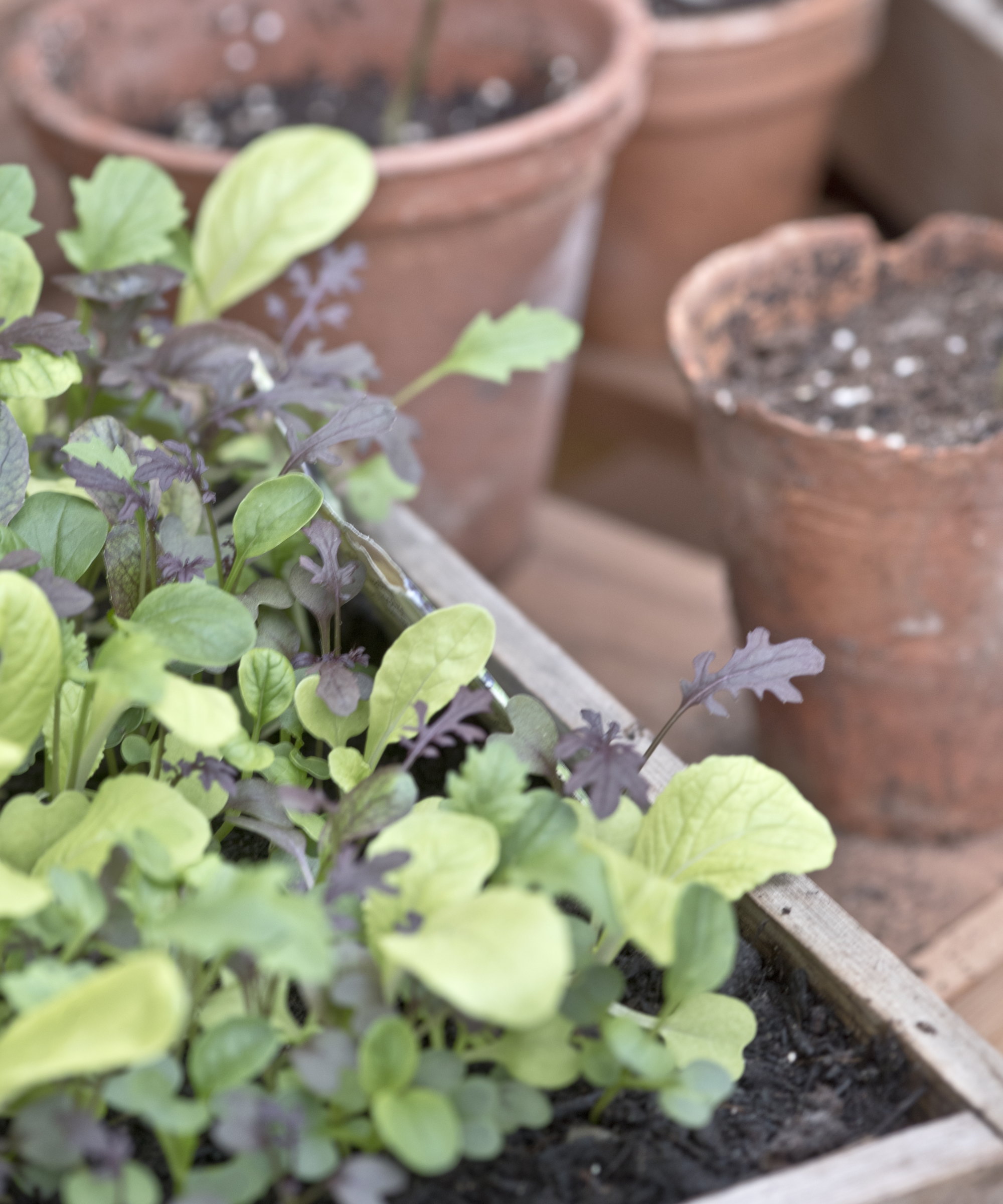
(Image credit: Future/Jacky Hobbs)
7 Vegetables to Plant in November
Building a small winter hoop house is a great way to protect plants from frost and help you to overwinter vegetables successfully.
They do not have to be large and can be simple to make, using garden hoops (like this set of six fiberglass hoops at Amazon) that you cover with blanket row covers (such as this 10 ft x 30 ft floating row cover also at Amazon).
Such a mini DIY hoop house can be used on vegetable beds or raised beds to help seedlings get off to a great start in a protected environment.
Quick-Cropping Vegetables to Plant in November 1. Red-Leaf Lettuce

There is a great selection of cold-hardy red-leafed lettuces that can provide attractive harvests of leaves throughout the colder months. Another reason to consider red-leaved lettuces is that they have a milder, nuttier, and slightly more bitter taste than usual green-leaved lettuce varieties.
When picking lettuce varieties for November, the two key considerations are ensuring they are cold-hardy and mature quickly. A range of around 25-45 days means fast cut-and-come-again harvests. But there will still be time to harvest lettuce heads if you desire.
Some of the best cold-hardy red-leaf lettuce varieties include ‘New Red Fire’, ‘Merlot’, and ‘Red Sails’. Despite their tolerance for colder temperatures, they still prefer growing in an unheated greenhouse, under a hoop tunnel, or in a cold frame in colder climates, just to protect them from prolonged freezes.
Buy Lettuce ‘New Red Fire’ seeds at True Leaf Market
Buy Lettuce ‘Red Sails’ seeds at True Leaf Market
Buy Lettuce ‘Merlot’ seeds at Amazon
2. Mustards
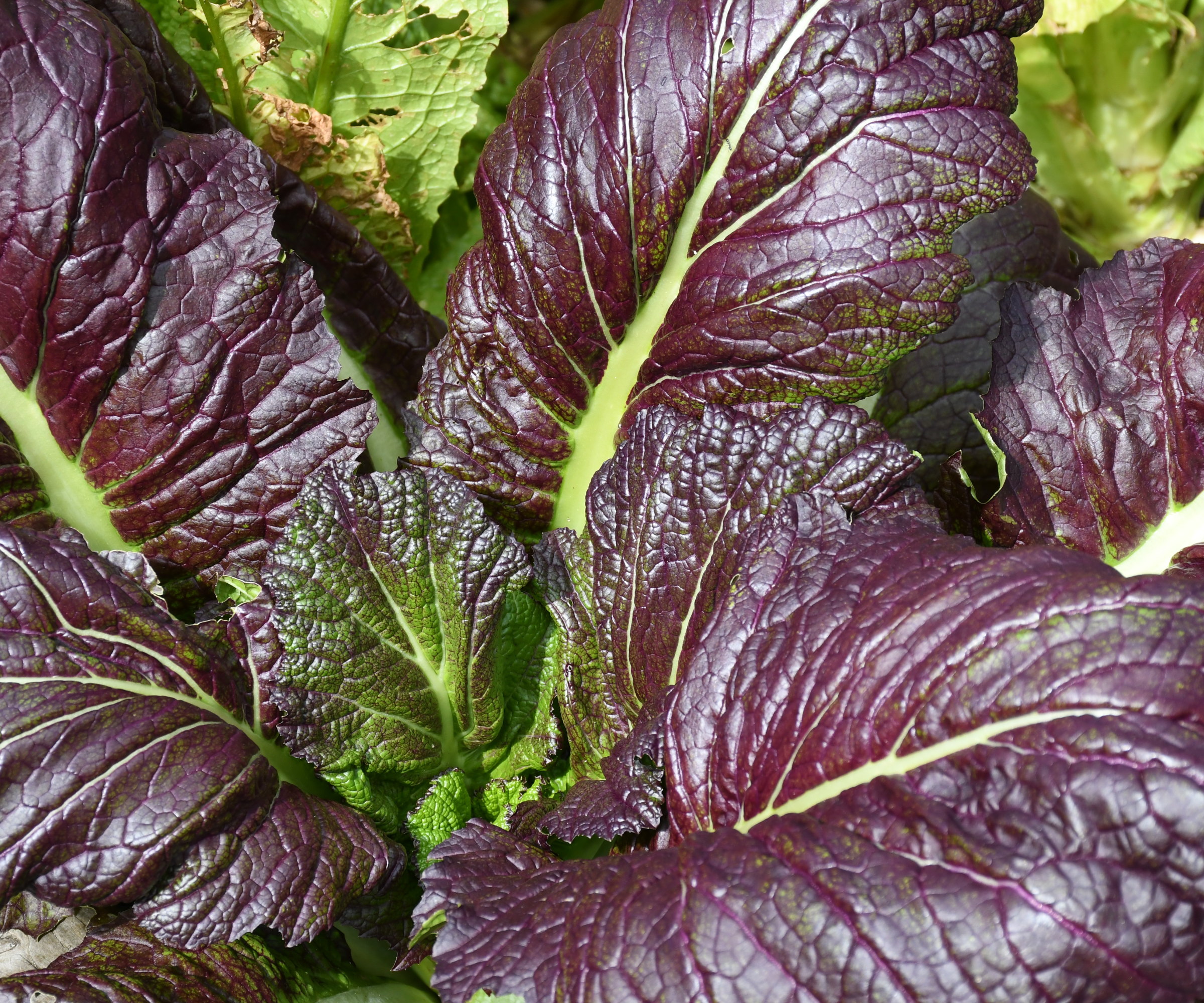
(Image credit: Getty Images/Outback to Coast)
Winter mustards make ideal vegetables to plant in November for peppery harvests of leaves to spice up cold-weather plates, whether enjoyed raw or cooked. There are a plethora of hardy mustards you can sow this month directly into the vegetable garden, with some even capable of surviving frosts and snow.
Some of the best mustards to sow in November include the very hardy ‘Ruby Streaks’, ‘Green Wave’, and ‘Red Giant’. Mustards are fast-growing vegetables that can be harvested as a cut-and-come-again crop in only 25 days from sowing, while it takes only 45-50 days for the plants to reach maturity.
Sow seeds a quarter-inch deep in rows spaced 18 inches apart. While they are tolerant of cold, growing them under row covers or tunnels helps to prevent damage from pests, including birds that may peck at the leaves when food is scarce during the winter.
Buy Mustard ‘Ruby Streaks’ seeds at True Leaf Market
Buy Mustard ‘Red Giant’ seeds at True Leaf Market
Buy Mustard ‘Green Wave’ seeds at Amazon
3. Corn Salad
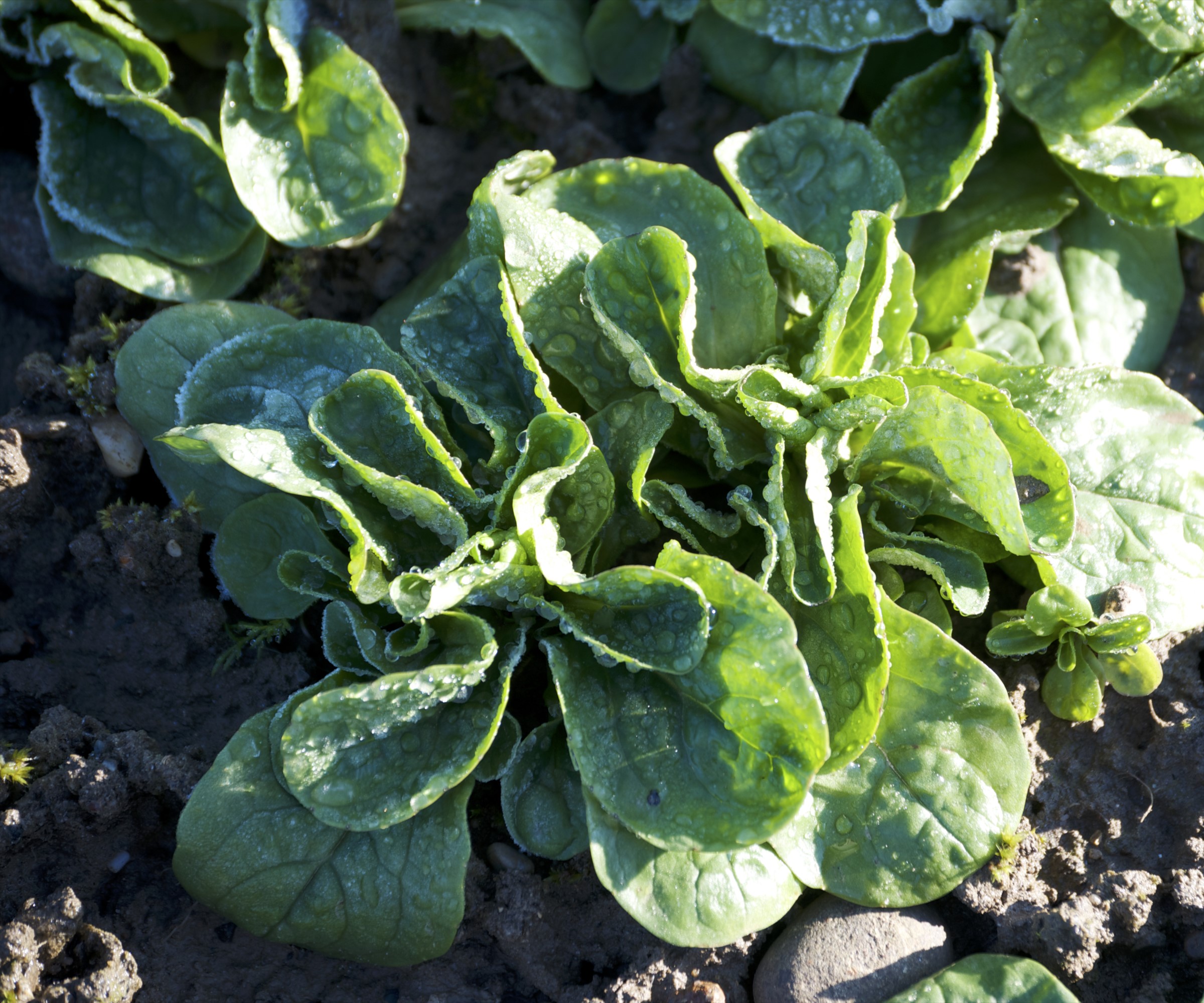
(Image credit: Getty Images/Westend61)
A fantastic and often under-appreciated crop for winter, corn salad is a mild-tasting salad leaf with a buttery texture and a slightly nutty flavor. Also known as lamb’s lettuce or mache, it can be used in salads, either alone or mixed with other leaves for a tasty mix, or used as a garnish on winter dishes.
Corn salad is very cold-hardy and can survive frosts and snow to provide pickings even deep into winter. You can sow corn salad under cover in many climates in November, while those with very cold winters should see it as a vegetable to grow in a greenhouse in the fall.
Sow seeds outdoors directly into their growing position in fertile, well-draining soil. They only need to be covered with a light layer of soil and kept moist, without being waterlogged.
Harvest corn salad as a cut-and-come-again crop, which can start around a month after sowing the seeds. Simply snip leaves from the plant with a pair of garden snips or scissors as and when required, and you should get many harvests throughout winter and into spring.
You can get corn salad seeds at Amazon to sow this month.
4. Spinach
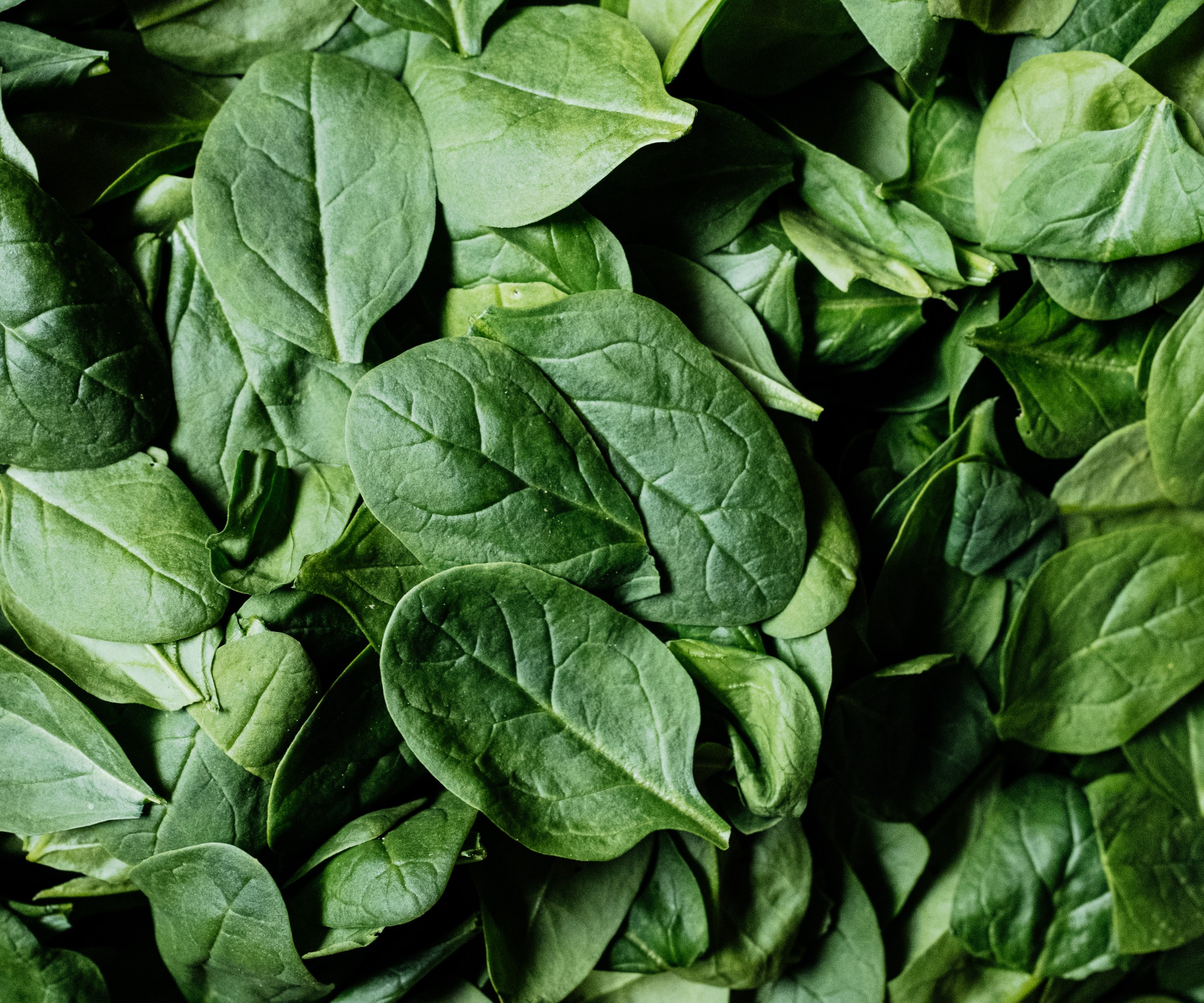
(Image credit: Getty/Michael Moeller / EyeEm)
Spinach leaves are packed with vitamins, minerals, and nutrients, and you can get great harvests of this nutritious vegetable by sowing seeds this month.
If you want to grow spinach this month, look for cold-hardy varieties that have a fast days to maturity. The likes of ‘Giant Winter’ and ‘Perpetual’ are renowned for their hardiness and thrive in cooler temperatures of 30-60°F. Such varieties can provide harvests of baby leaves within a few weeks, or take 45-50 days to reach full maturity.
Spinach can grow in beds, raised garden beds, or you can even grow spinach in pots indoors during the colder months. Sow seeds around an inch deep and cover lightly. Thin the seedlings as they appear to around four inches apart, and keep the soil moist.
Start harvesting spinach once the leaves get large enough to use. Regularly picking the largest, outer leaves allows younger ones to grow on and promotes the development of new leaves for future harvests.
Get Spinach ‘Winter Giant’ seeds at True Leaf Market
Get Perpetual Spinach seeds at Amazon
Longer-Term Vegetables to Plant in November 5. Garlic

(Image credit: Getty/Joseph De Sciose / Aurora Photos)
Garlic is one of the easiest and best vegetables to plant in November; planting garlic is as simple as pushing the cloves into the soil. Indeed, the main thing to remember is that you plant it the right way up (hint: the pointy end should be upwards).
You can plant hardneck or softneck garlic in the fall, though hardneck varieties are hardier and most suited to the coldest winters. Hardneck garlic does need exposure to the winter cold for the bulb to split, and you can’t plant it in spring like softneck can be. Consider your climate when picking the best type of garlic for you.
To grow garlic, the crop wants a sunny spot with well-draining soil, with compost or well-rotted manure added before planting. Separate the head of garlic into individual cloves and plant each one six inches apart, with the tip just showing above the soil surface.
Garlic can take 8-10 months from planting in the fall to harvesting in the summer. But the wait is well worth it, so try to resist harvesting garlic until the leaves turn yellow and die back naturally.
Shop garlic bulbs to plant at Burpee
Shop garlic bulbs to plant at True Leaf Market
Shop garlic bulbs to plant at Amazon
Shop garlic bulbs to plant at Walmart
6. Fava Beans

(Image credit: Getty Images/ Yaorusheng)
Fava beans, or broad beans, are not always the most popular crop, but a staple in many a vegetable garden. I have certainly grown them every year, and you can plant fava beans in the fall or spring for an earlier harvest of mild, nutty, and earthy beans in spring.
Whether you start growing fava beans in the fall often depends on soil type and whether your garden gets many visitors during the winter. Sowing is not ideal in heavy soils, as the beans can rot in sodden ground, while rodents can eat the beans as they search for food in winter.
However, if you can provide good conditions for fava beans, pick a variety suited to fall sowings. And the undisputed top pick for that is ‘Aquadulce’, a cold-hardy variety that you can rely on for great fava bean harvests come spring.
Sow the beans into two-inch deep drills, sowing them on their edge to reduce the risk of them rotting due to water sitting on the beans in the ground.
You can get ‘Aquadulce’ fava beans at Amazon to plant this month.
7. Overwintering Onions
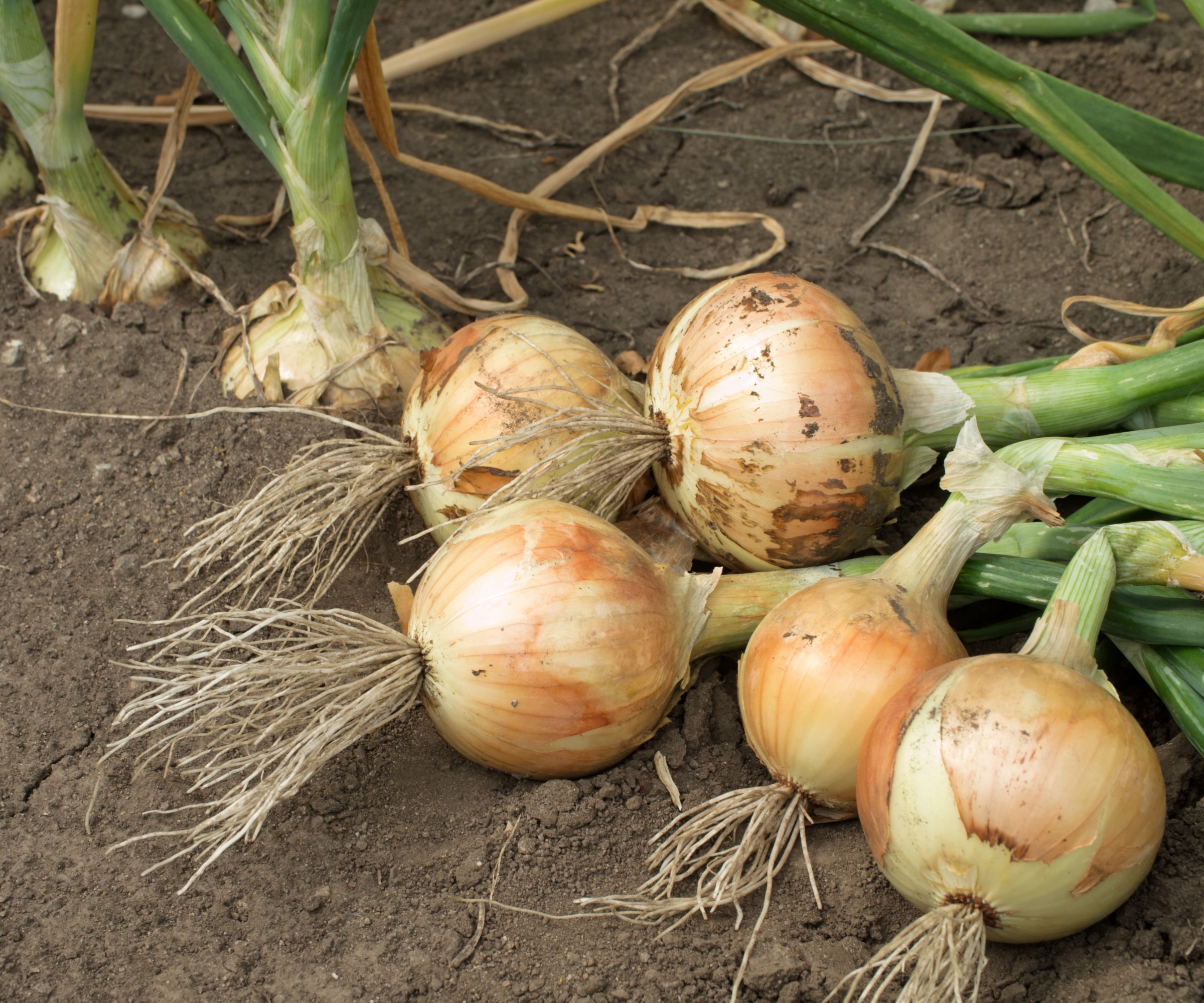
(Image credit: Getty/Lezh)
There is still time to plant onions at the start of November, and these overwintering crops can provide an early harvest next year compared to spring-planted onions. By planting a combination of both, you can get a great and long crop of onions to enjoy.
Not all types of onions are suitable for overwintering, so look out for varieties marked as ideal for fall planting. Hardy varieties like ‘Radar’, ‘Red Baron’, ‘Yellow Stuttgarter’ or ‘Senshu Yellow’ are classic overwintering onions to choose from, and ones I have all grown successfully from fall plantings in the past.
Push the sets into the soil with the flat root end down and the pointed end facing up. It is advisable to cover the onions with row covers or horticultural fleece until the crop has developed roots. This is because birds are known to pull newly-planted onion sets out of the ground.
Get ‘Red Baron’ onion sets for planting at Amazon
Get ‘Yellow Stuttgarter’ onion sets for planting at Amazon
If you also want to grow fruit as well as vegetables in your productive garden, November can be a time to plant fruit trees. Our guide to some of the best fruit trees to plant in fall highlights seven different types you can plant in fall, when you can choose between planting container-grown or bare-root plants in your yard.
Shop Products to Protect Vegetable Seedlings
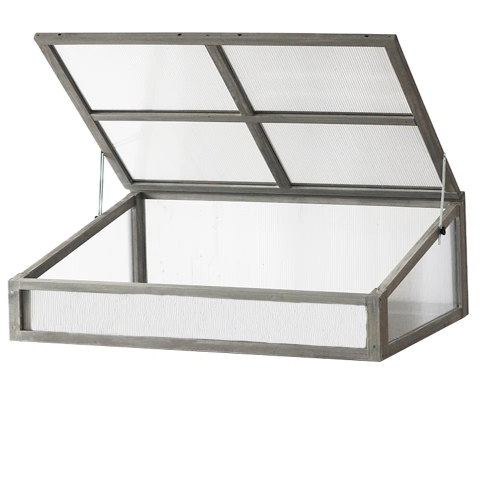
This portable cold frame is made of cedar wood and 3.5mm polycarbonate. It can be placed directly on the ground to start seedlings in a protected environment.

Compact Outdoor Greenhouse
A portable greenhouse with a powder-coated steel frame and a clear PVC cover to put on the ground to cover seedlings and keep them warm and protected.
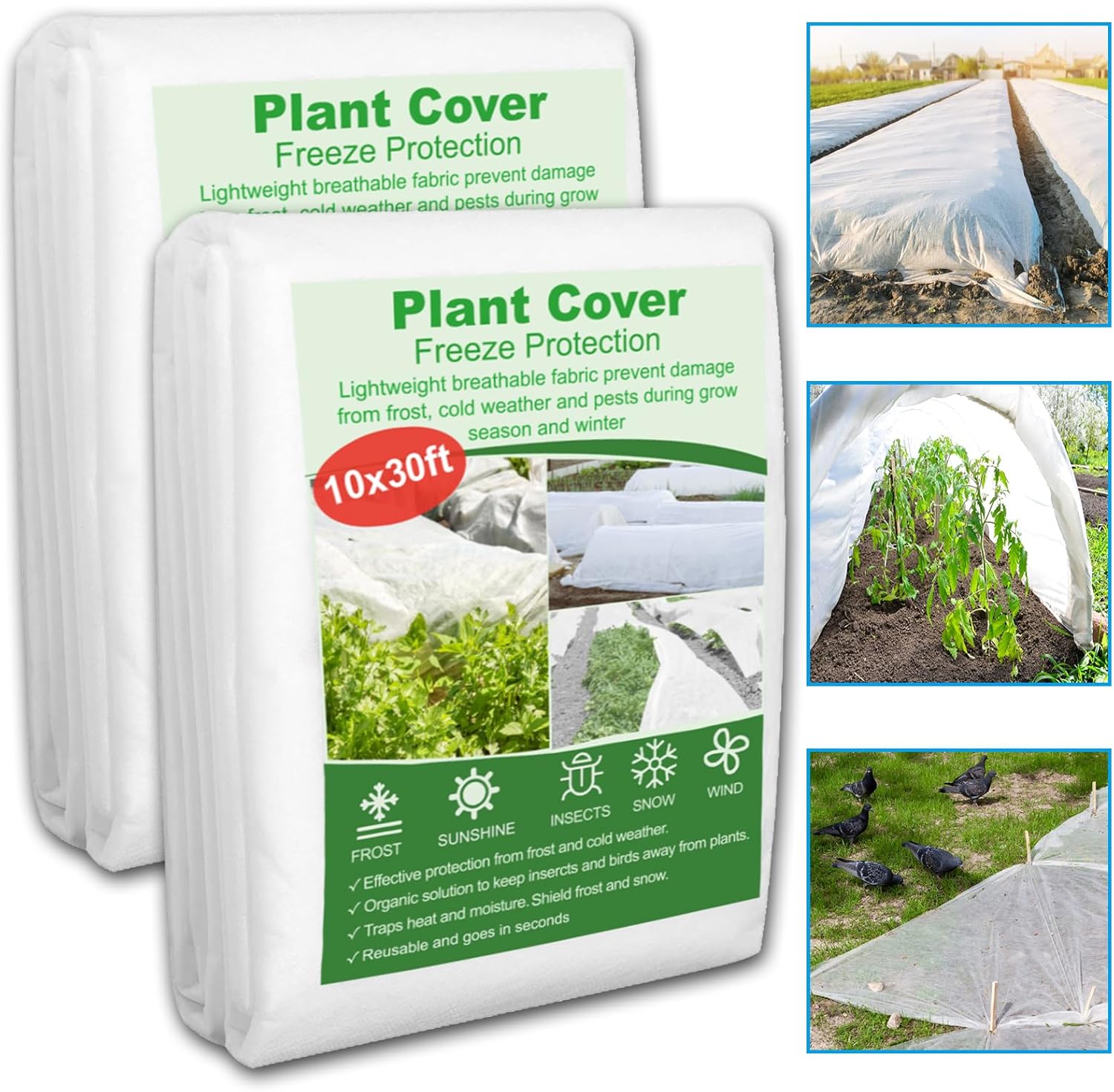
This set includes two 10x30ft frost cloths made with 1.2oz non-woven polypropylene fabric to protect vegetable plants from cold weather.


Comments are closed.